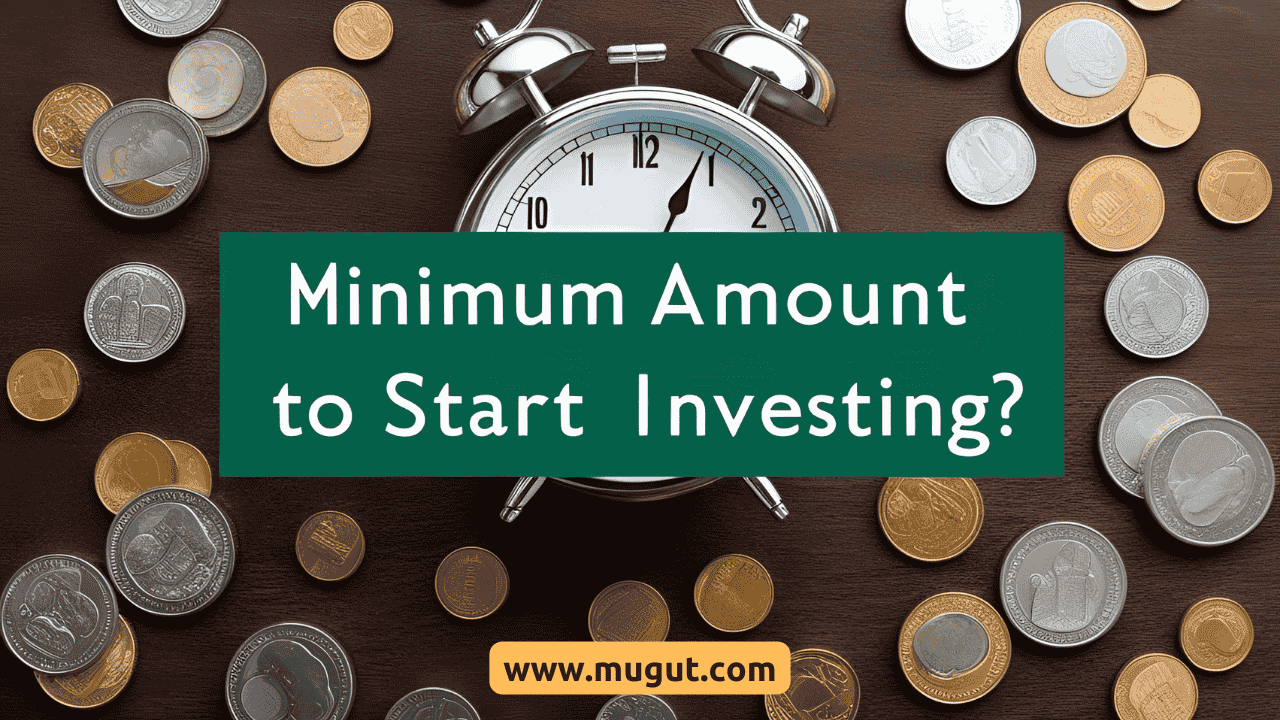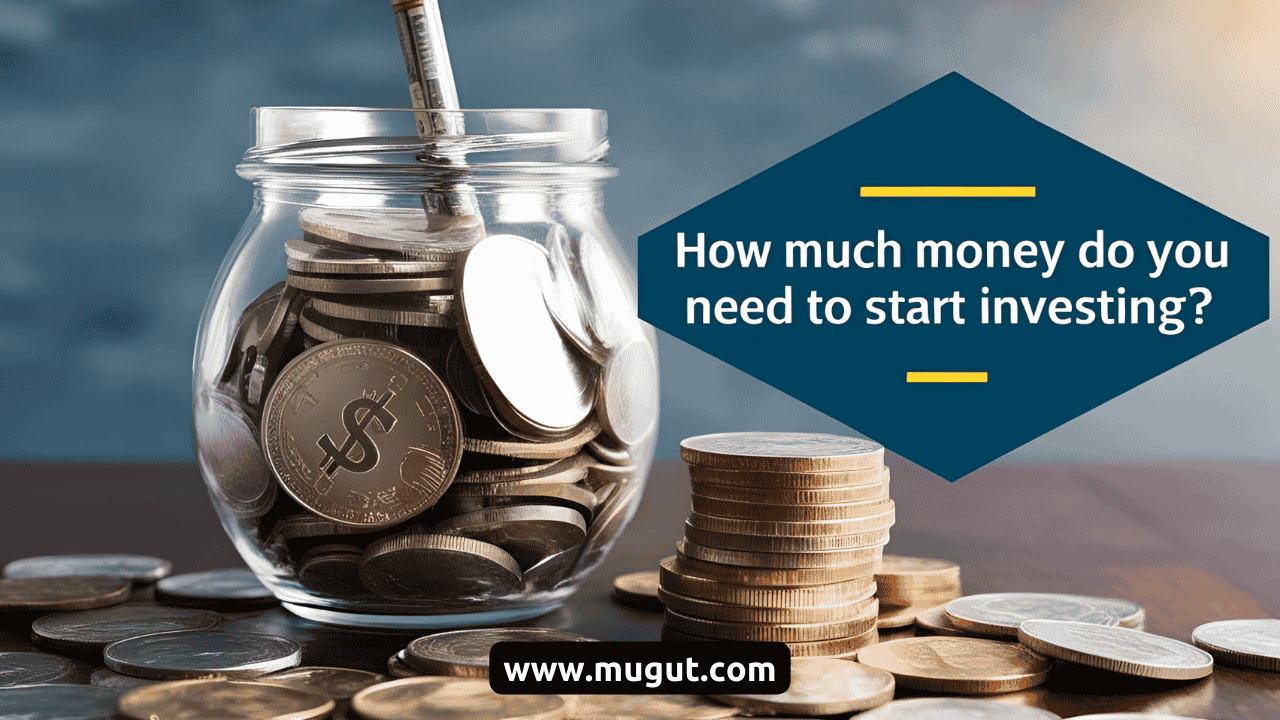First of all, let me bust a myth: “Investing is for rich people only.” No, not at all. This thinking is outdated. Today, investing is open to everyone, be it a college student, a part-time job holder, or a regular 9 to 5 job holder.
Earlier, I also used to think that investing means having $10,000 to enter the stock market is a must. But when I started, I realised that a big game could be created even with a small amount.
What is the Minimum Amount Required to Start Investing?

You can start with just $5 Only
Yes, this is no joke. Nowadays, there are many investing apps like Robinhood, Stash, and Acorns, where you can start investing with just $5. Earlier, it used to cost money to open a broker account, now, everything is zero fee era.
So if you have just $5 or $10 extra at the end of the month, then you can start investing.
It’s the time of fractional shares
First, you want to buy Apple’s stock, but its price is $180, and you have only $20. What should you do? No worries; the option of fractional shares is available for you. This means you can buy 1/9th of Apple for $20.
This is just like taking only 1 slice of pizza instead of buying the whole one.
What Should You Care About the Time of Your First Investment?
Check Your Budget
First of all, check what your monthly income and expenses are. Note your expenses and check what your savings are. Investing starts with the saved money.
What I do – “Spend what is left after investing, not invest what is left after spending.” This is Warren Buffett’s motto. I follow it.
Is Your Emergency Fund Ready?
An emergency fund should be ready before investing. Why? Because if tomorrow an emergency arises – like losing a job or facing a medical issue then there is no need to sell investments.
So, keep the expenses of 3-6 months on the side. After that, start investing. It is important to stay on the safe side.
Where Can You Invest In Small Amounts?
1. Stock Market (via Apps)
As I said, apps like Robinhood, Webull, and Stash allow you to invest in small amounts. You just need to open an account, link it to a bank, and you can buy stocks or ETFs for $10-$20.
2. ETFs (Exchange Traded Funds)
If you are afraid of buying stocks directly, then ETFs are the best option. These are basically baskets of stocks. So the risk also reduces, and you get exposure to big companies.
3. Mutual Funds (with SIP)
If you are a little traditional, then mutual funds are also an option. You can start a SIP (Systematic Investment Plan) with just $25/month. It is very simple, and the risk is manageable.
4. High-Interest Savings Accounts or CDS
If you don’t like risk at all, there are options where the money will grow slowly but will remain safe.
How Much Should You Invest Regularly?
Rule of Thumb: 20% of Your Income
A general rule says that you should invest 20% of your monthly income. Now, suppose you earn $3000 per month, then you should start investing $600.
If it is not possible initially, no problem. Start with $50. Develop a habit. Just like you have a gym routine, investing is also a habit.
Compound Interest: Small Amount, Big Result
Can I tell you a small thing? Compound interest is your biggest friend in investing. Suppose you invest $100 every month, get a 10% annual return, and continue for 30 years you will have more than $200,000+.
When money earns money, it is called compound magic. Think about it, you can become a millionaire with just $100 per month.
Common Mistakes: Things That Should Not Be Done
1. Try to Time the Market
Stop thinking that “now the market is high, let’s not do it now.” In long-term investing, timing doesn’t matter; time matters.
2. Don’t Invest All the Money In One Place
You should diversify. Don’t invest money in just one stock or one sector. Invest in some stocks, some ETFS, some mutual funds, keep a mix and move on.
3. Learn to Have Patience
People want results in a month. It doesn’t happen like this. The market is a roller coaster. Sometimes up, sometimes down. But in the long term, if you have patience, you will definitely get the reward.
A tip from my experience
I was also confused when I started. I thought I would lose money. But I started with a small amount – initially $25/month. Then, slowly, I understood and gained confidence, and now I comfortably invest $300/month.
So don’t be afraid. Start with a small amount and see how investing will create a better future for you.
Final Words: Start Small, But Start Today
The most important thing in investing is the beginning. It doesn’t matter if you have $10 or $1000. Just make it a habit to invest.
If you invest $10 today, it will become $1000 in future. And think: one day you will say, “It was good that I started.”
So don’t be afraid of a small amount. Start, learn, and grow. Investing is not just a game of numbers, it is a game of discipline and patience.
Now tell me, when will you start?
